Her History
Commissioned in 1943, she set more records than any other Essex Class carrier in the history of naval aviation.The ship was the oldest working carrier in the United States Navy when decommissioned in 1991. An Essex-class carrier, LEXINGTON was originally named the USS CABOT. During World War II, final construction was being completed at Massachusetts’ Fore River Shipyard when word was received that the original carrier named USS LEXINGTON, CV-2, had been sunk in the Coral Sea. The new carrier’s name was changed to LEXINGTON.
After training maneuvers and a shakedown cruise, LEXINGTON joined the Fifth Fleet at Pearl Harbor. The Fifth Fleet was established April 26, 1944, at this time it was Central Pacific Force. During World War II, the carrier participated in nearly every major operation in the Pacific Theater and spent a total of 21 months in combat. Her planes destroyed 372 enemy aircraft in the air, and 475 more on the ground. She sank or destroyed 300,000 tons of enemy cargo and damaged an additional 600,000 tons. The ship’s guns shot down 15 planes and assisted in downing five more.
The Japanese reported LEXINGTON sunk no less than four times! Yet, each time she returned to fight again, leading the propagandist Tokyo Rose to nickname her “The Blue Ghost.” The name is a tribute to the ship and the crew and air groups that served aboard her.
After the war, LEXINGTON was briefly decommissioned (1947-1955). When reactivated, she operated primarily with the Seventh Fleet out of San Diego, California. Although not involved in actual combat, LEXINGTON kept an offshore vigil during tensions in Formosa, Laos, and Cuba.
In 1962, she sailed into Pensacola, Florida, and began training operations, eventually being officially designated CVT-16, Navy Training Carrier. Corpus Christi is privileged to be selected as the permanent home to this national treasure.

